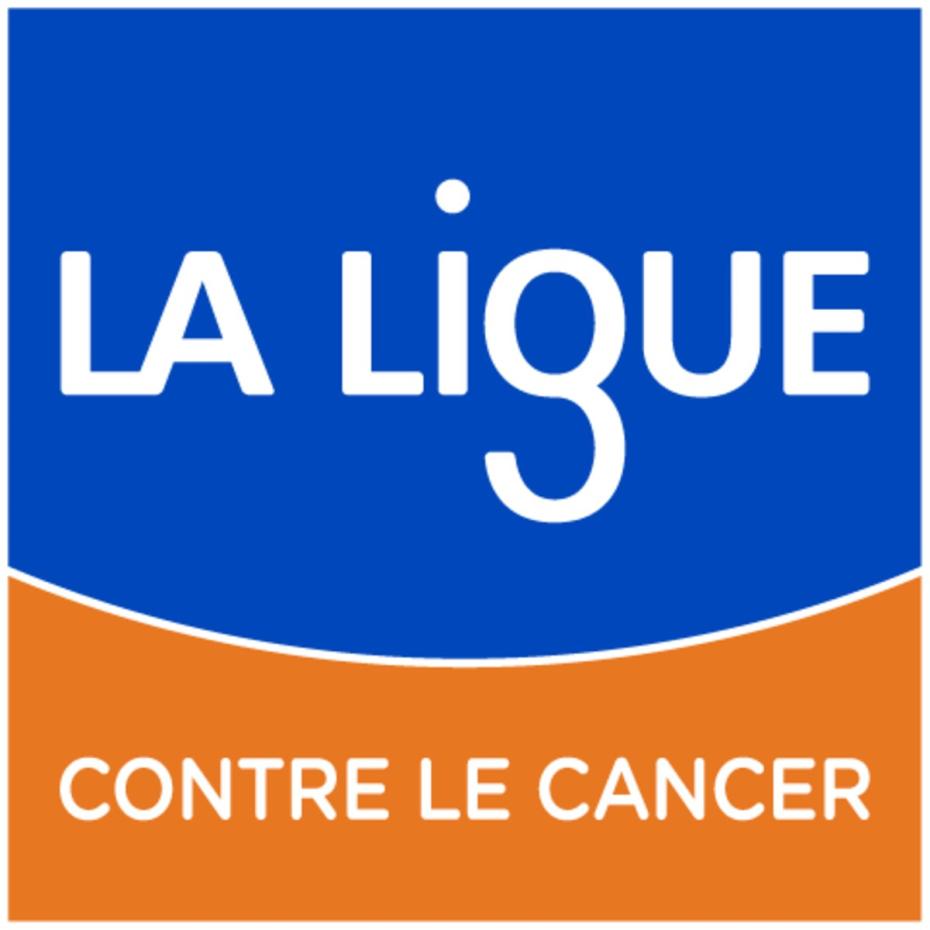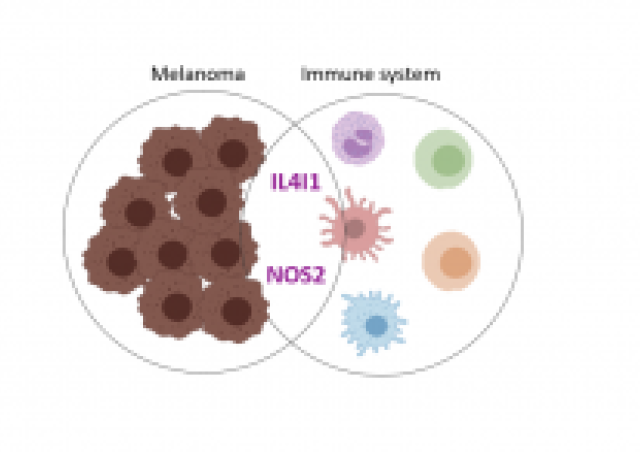Members of the project
Project
Functional study of the epigenetic factor RINF (alias CXXC5) in tumor ecosystem
Scientific background :
Our group has identified the CXXC5 gene and demonstrated that this gene encodes a Retinoid-Inducible Nuclear Factor (RINF) [1]. We have demonstrated its role during normal human hematopoiesis (granulopoiesis [1] and erythropoiesis [2]).

We have also shown that RINF/CXXC5 mRNA expression is an adverse prognostic marker in acute myeloid leukemia [3, 4, 6], breast cancer [5, 7], and proposed this factor as a challenging therapeutic target in cancer [3, 4]. Moreover, this gene is also expressed in particular myeloid and lymphoid cells and its functional contribution to these immune cells remains to establish in normal and tumor microenvironment contexts.

At the molecular level, RINF protein contains a CXXC zinc finger motif that is similar to the one harbored by TET1 and TET3, two master epigenetic factors responsible for genome-wide CpG 5’-hydroxymethylation (5hmC) together with TET2 (that lacks this CXXC-motif). Thus, RINF could interfere with TET-activities and 5hmC [8, 9, 10 and data not shown]. We hypothesize that such putative epigenetic modifications could alter the functionality of immune and/or tumor cells.

Objectives
By using gain and loss-of-function experiments (lentiviral vectors) with human cells (primary cells or cell lines), and animal models (conditional and constitutive Rinf knockout mouse), our aim is to further characterize the role of Rinf in blood, immune and tumor cells. We also study the consequence of Rinf gene invalidation on tumor development in vivo. Spontaneous or transplanted mammary tumor cells model are used to distinguish tumor cell intrinsic protumoral functions of Rinf from the one of the tumor microenvironment (such as tumor-infiltrating immune cells).
[1] Pendino F, Nguyen E, Jonassen I, Dysvik B, Azouz A, Lanotte M, Ségal-Bendirdjian E, Lillehaug JR. Functional involvement of RINF, retinoid-inducible nuclear factor (CXXC5), in normal and tumoral human myelopoiesis. Blood. 2009 Apr 2;113(14):3172-81.
[2] Astori A, Matherat G, Munoz I, Gautier EF, Surdez D, Zermati Y, Verdier F, Zaidi S, Feuillet V, Kadi A, Lauret E, Delattre O, Lefèvre C, Fontenay M, Ségal-Bendirdjian E, Dusanter-Fourt I, Bouscary D, Hermine O, Mayeux P, Pendino F. The epigenetic regulator RINF (CXXC5) maintains SMAD7 expression in human immature erythroid cells and sustains red blood cells expansion. Haematologica. 2020 Nov 26;
[3] Astori A, Fredly H, Aloysius TA, Bullinger L, Mansat-De Mas V, de la Grange P, Delhommeau F, Hagen KM, Récher C, Dusanter-Fourt I, Knappskog S, Lillehaug JR, Pendino F (Corr. Auth.), Bruserud Ø. CXXC5 (retinoid-inducible nuclear factor, RINF) is a potential therapeutic target in high-risk human acute myeloid leukemia. Oncotarget. 2013. Sep;4(9):1438-48.
[4] Bruserud Ø, Reikvam H, Fredly H, Skavland J, Hagen KM, van Hoang TT, Brenner AK, Kadi A, Astori A, Gjertsen BT, Pendino F. Expression of the potential therapeutic target CXXC5 in primary acute myeloid leukemia cells - high expression is associated with adverse prognosis as well as altered intracellular signaling and transcriptional regulation. Oncotarget. 2015. Feb 20;6(5):2794-2811.
[5] Knappskog S, Myklebust LM, Busch C, Aloysius T, Varhaug JE, Lønning PE, Lillehaug JR, Pendino F. RINF (CXXC5) is overexpressed in solid tumors and is an unfavorable prognostic factor in breast cancer. Annals of Oncology. 2011. 22(10).2208-15.
[6] PCT application WO 2010/085153.
[7] PCT application WO 2012/010661 A.
[8] Ko M et al. Modulation of TET2 expression and 5-methylcytosine oxidation by the CXXC domain protein IDAX. Nature, 2013. 497(7447).122-6.
[9] Ma S et al. Epigenetic regulator CXXC5 recruits DNA demethylase Tet2 to regulate TLR7/9-elicited IFN response in pDCs. J Exp Med. 2017 May 1;214(5):1471-1491.
[10] Ravichandran M et al. Rinf Regulates Pluripotency Network Genes and Tet Enzymes in Embryonic Stem Cells. Cell Rep. 2019 Aug 20;28(8):1993-2003.e5.














